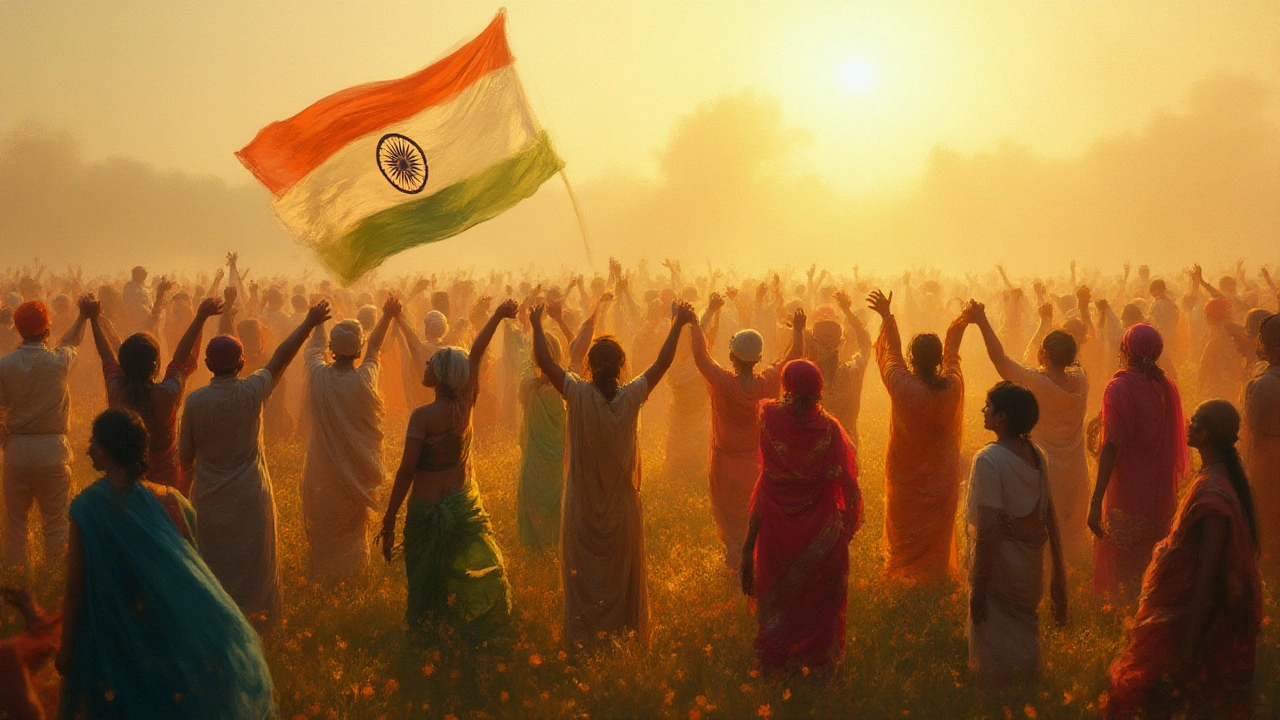
Vande Mataram: The Powerful Story Behind India’s Original National Song
Discover the origins, meaning, and cultural impact of 'Vande Mataram', the original national song of India, and why it remains a symbol of unity and pride.
When people talk about India’s anthem they usually mention Jana Gana Mana. But the country also has a beloved song that many consider its first national song – Vande Mataram. Written by Bankim Chandra Chatterjee in the 1870s, it first appeared in his novel Anandamath. The song’s call to the motherland sparked a wave of patriotism that helped shape the independence movement.
Vande Mataram means “I worship thee, Mother”. The lyrics describe India as a divine mother, offering protection and inspiration. Early freedom fighters sang it at rallies, and Gandhi himself praised its power to unite people from different regions. Though it never replaced the anthem officially, the song earned the status of a national song through public love and repeated use in schools and ceremonies.
The opening stanza goes:
Vande Mataram! Sujalam suphalam Malayaj shubhchamalaashaasundaram.
In plain English: “I bow to you, Mother, who is rich in water, fertile, and draped in fragrant blossoms.” The rest of the verses praise hills, rivers, and fields, painting a vivid picture of India’s natural beauty. These verses are short enough to memorize, which is why they’re still taught to kids across the country.
Even though some groups raised concerns about religious references, the song’s overall message of love for the land stayed intact. Over time, the government recognized Vande Mataram as the ‘national song’ while keeping Jana Gana Mana as the official anthem. This dual status lets India celebrate both its cultural roots and its modern identity.
If you want to hear the tune, look for the version composed by Rabindranath Tagore. He set the poem to a simple, uplifting melody that’s easy to sing in a group. The music uses a 4/4 beat, making it perfect for school choirs and public gatherings.
People often ask whether it’s okay to sing Vande Mataram at official events. The answer is yes—just make sure you use the original Bengali version or the Hindi translation that’s widely accepted. Avoid adding extra verses or changing the words, as that can cause confusion.
In everyday life, you’ll hear Vande Mataram at school assemblies, national holidays, and even sports events. It’s a quick way for Indians to feel connected to their heritage without the formality of the anthem. The song’s short length—about a minute—makes it easy to fit into any ceremony.
So, whether you’re a student, teacher, or just curious about India’s musical past, remembering the story of Vande Mataram gives you a glimpse into the spirit that helped the nation break free. It’s a simple yet powerful reminder that the love for one’s motherland can be sung in just a few lines.

Discover the origins, meaning, and cultural impact of 'Vande Mataram', the original national song of India, and why it remains a symbol of unity and pride.